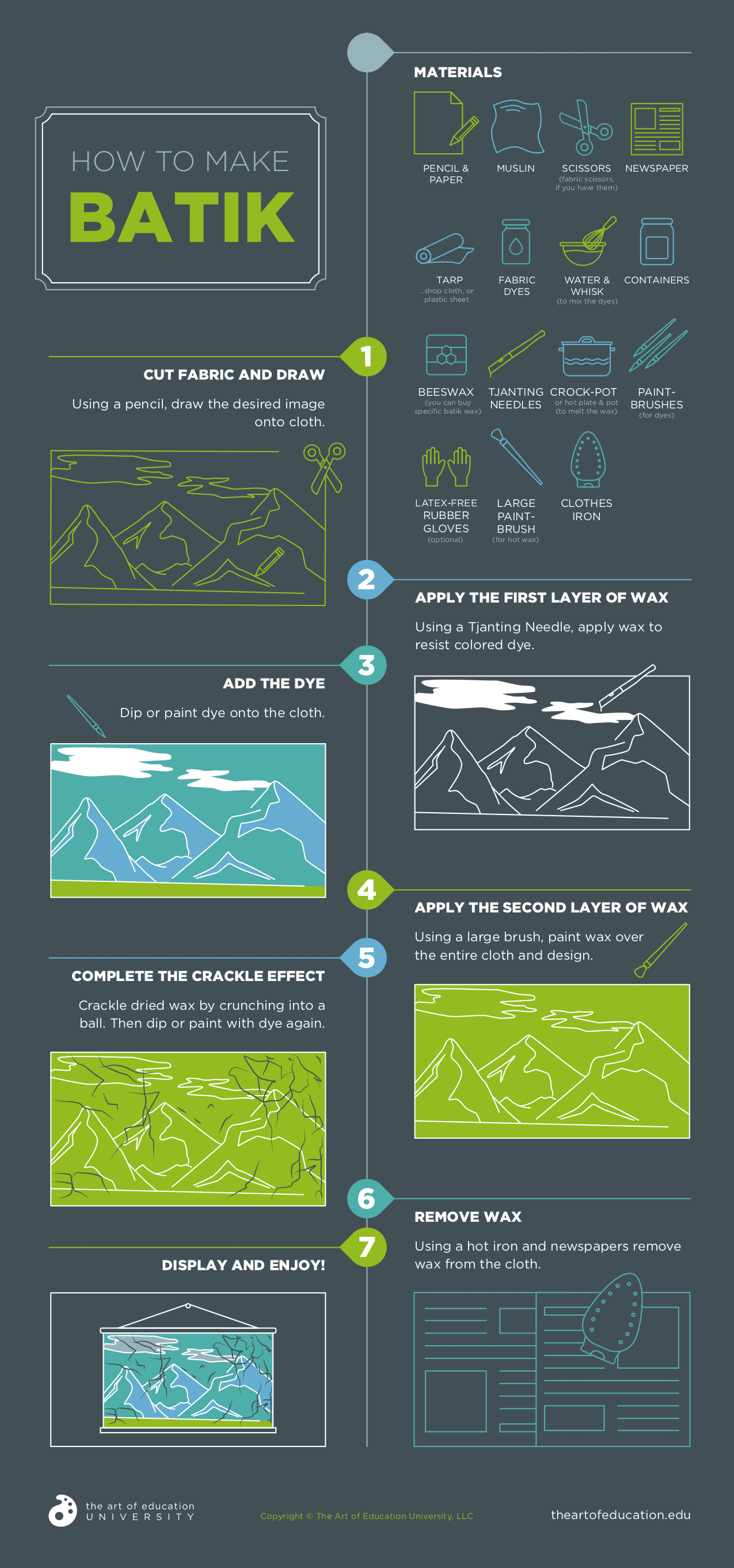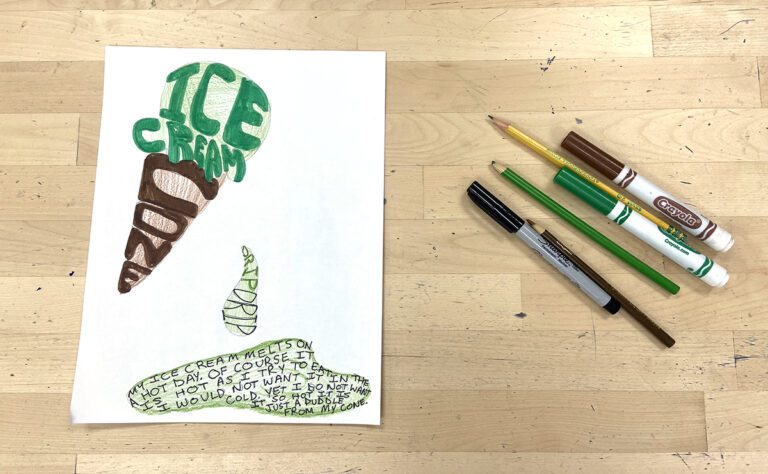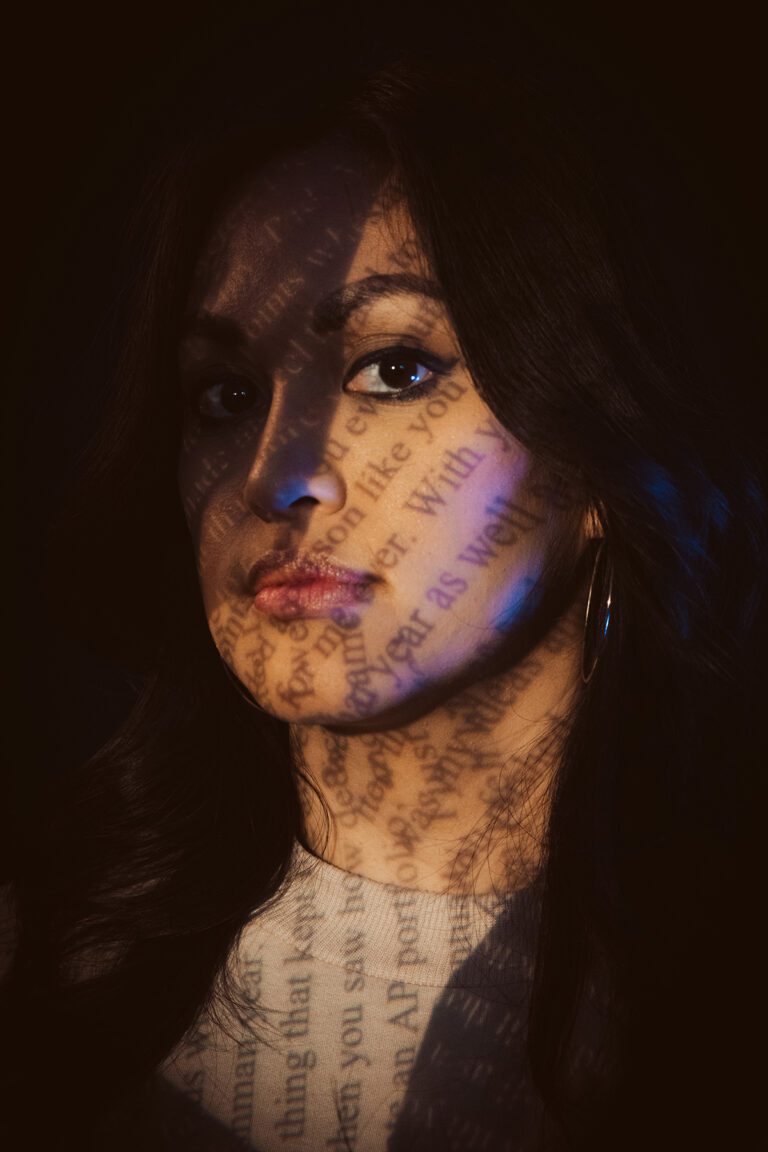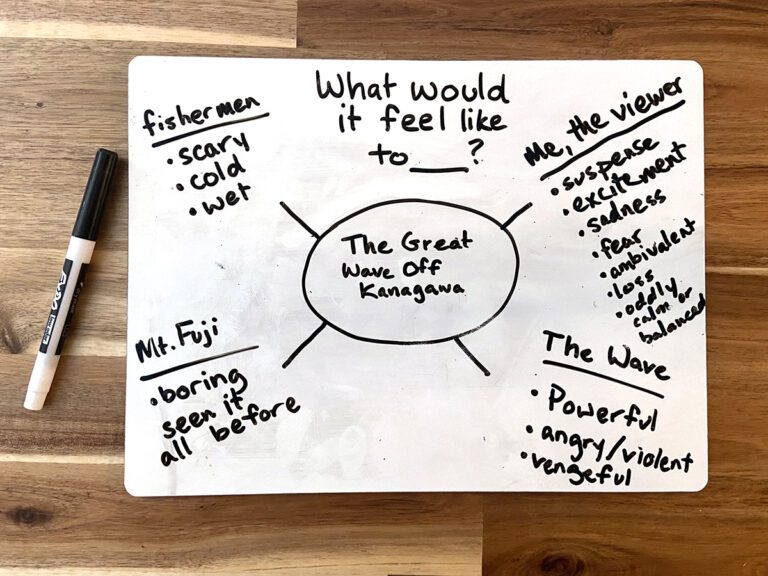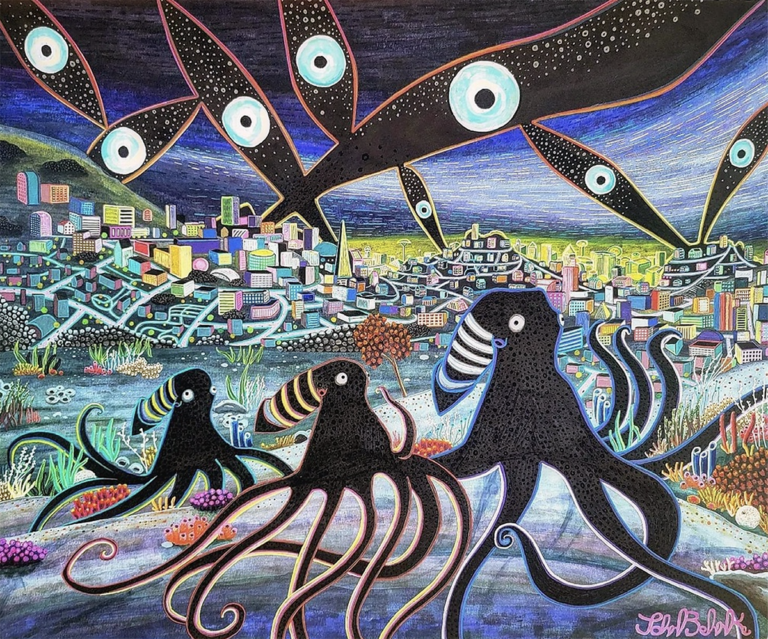Download in full-color. Download a print-friendly version.
Batik is a near-ancient craft and process by which artists use fabric, wax, dye, and design to create beautiful patterns and scenes on a cloth. The cloth is then used as decoration or as clothing. The earliest examples of such a technique have been found in Egyptian tombs as early as the 4th Century B.C.E. The most notable origin of the art form, however, is the Indonesian island of Java, where the method has been practiced and crafted for centuries. In fact, the word “batik” means “to dot” in Javanese.
As an art teacher, a process involving melted, hot wax and something called a “tjanting needle” might sound intimating, but it is so worth the effort. See A Step-By-Step Guide to Batik in the Classroom for clear and experienced instructions on how to make batik a part of your curriculum. In addition, show your students this convenient and clear infographic. Available in printable and digital format. Now there are no excuses to give this medium and method a try.
Looking for more? See:
Video: Making a Simple Batik for the Classroom
An Easier Way to Batik in the Classroom
A Step-By-Step Guide to Batik in the Classroom
What methods and materials have you used to teach your students batik?
What about batik is so interesting to you as a teacher and to students?
Magazine articles and podcasts are opinions of professional education contributors and do not necessarily represent the position of the Art of Education University (AOEU) or its academic offerings. Contributors use terms in the way they are most often talked about in the scope of their educational experiences.
